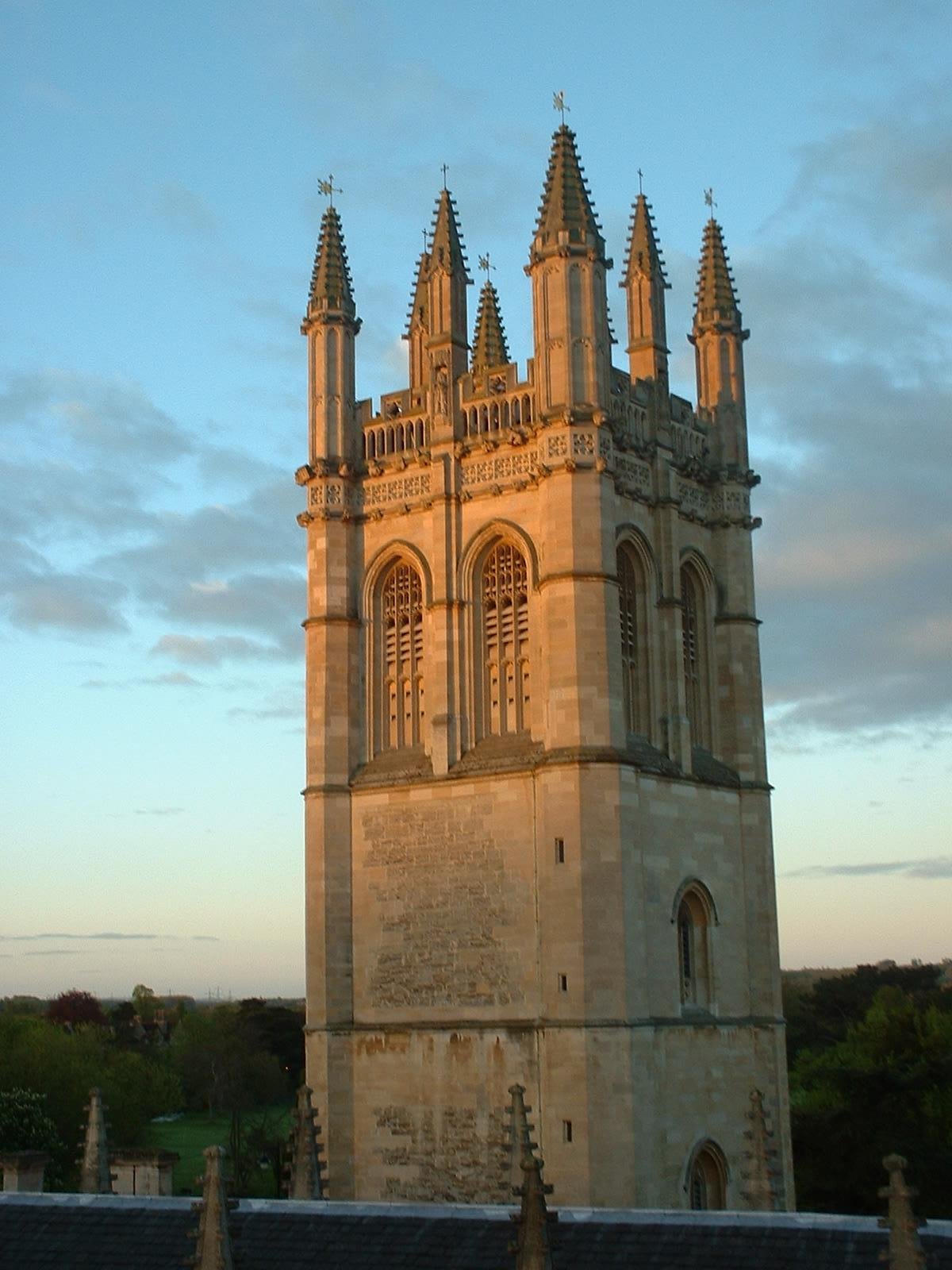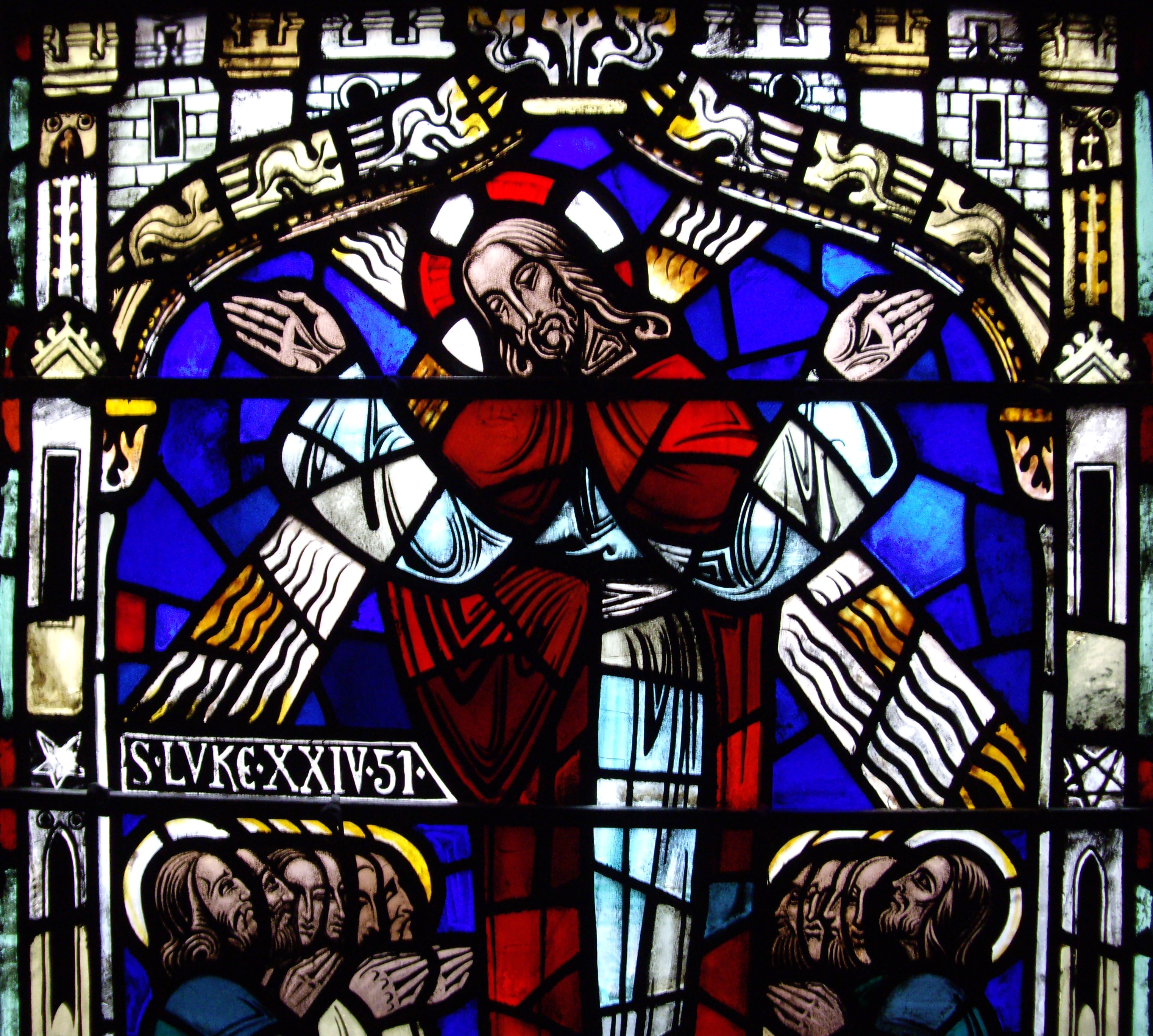May Day celebrations appeared in pre-Christian times, with the Floralia, festival of Flora, the Roman goddess of flowers, during the Roman Republic era; during the Middle Ages, the Walpurgis Night celebrations of the Germanic countries marked the last winter frolic of witches and devils. May Day is also associated with the Gaelic Beltane, most commonly held on April 30. The day was a traditional summer holiday in many pre-Christian European pagan cultures. While February 1 was the first day of spring, May 1 was the first day of summer; hence, the summer solstice on June 25 (now June 21) was Midsummer.
Secular versions of May Day, observed in Europe and America, may be best known for their traditions of dancing around the Maypole and crowning the Queen of May. Fading in popularity since the late 20th century is the giving of “May baskets,” small baskets of sweets or flowers, usually left anonymously on neighbors’ doorsteps. I remember making May baskets in elementary schools and Maypole games on the playground.
May Day is celebrated at the University of Oxford with special gusto. The day starts early (at 6 a.m.!) with the Magdalen College Choir singing a hymn, the Hymnus Eucharisticus, from the top of Magdalen Tower, a tradition of over 500 years. Large crowds normally gather under the tower along the High Street and on Magdalen Bridge. (Magdalen Tower is one of the oldest parts of Magdalen College, Oxford, situated directly in the High Street. Built of stone from 1492, when the foundation stone was laid, its bells hung ready for use in 1505, and completed by 1509, it is an important element of the Oxford skyline. At 144 feet high, it is the tallest building in Oxford. It dominates the eastern entrance to the city, towering over Magdalen Bridge and with good views from the Botanic Garden across the street.) This is then followed by general revelry and festivities including Morris dancing, impromptu music, etc., for a couple of hours. There is a party atmosphere, despite the early hour. In fact, there are normally all-night balls the night before, so some people (especially students) are in formal attire (e.g., black tie/white tie or ball gown).


